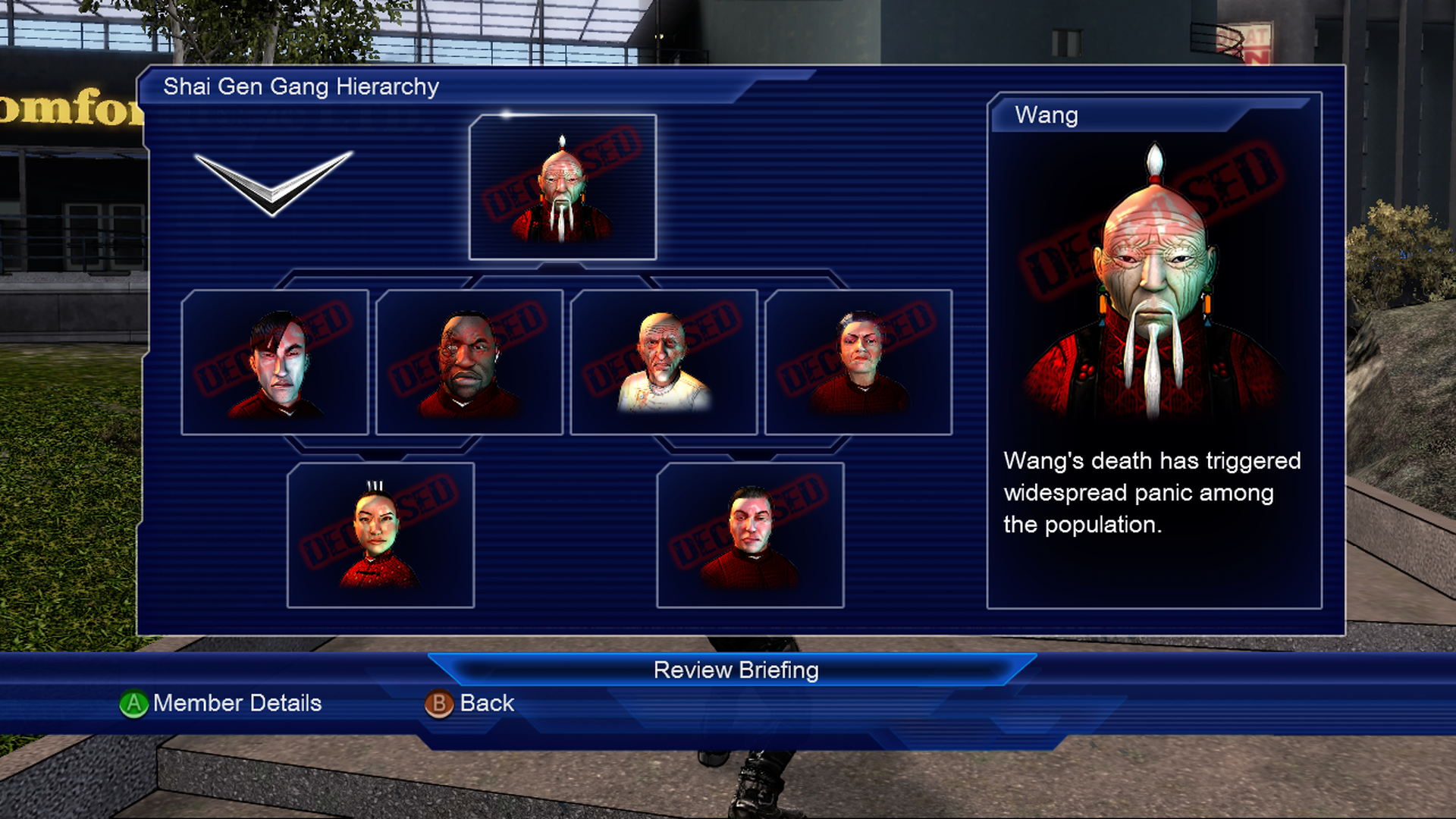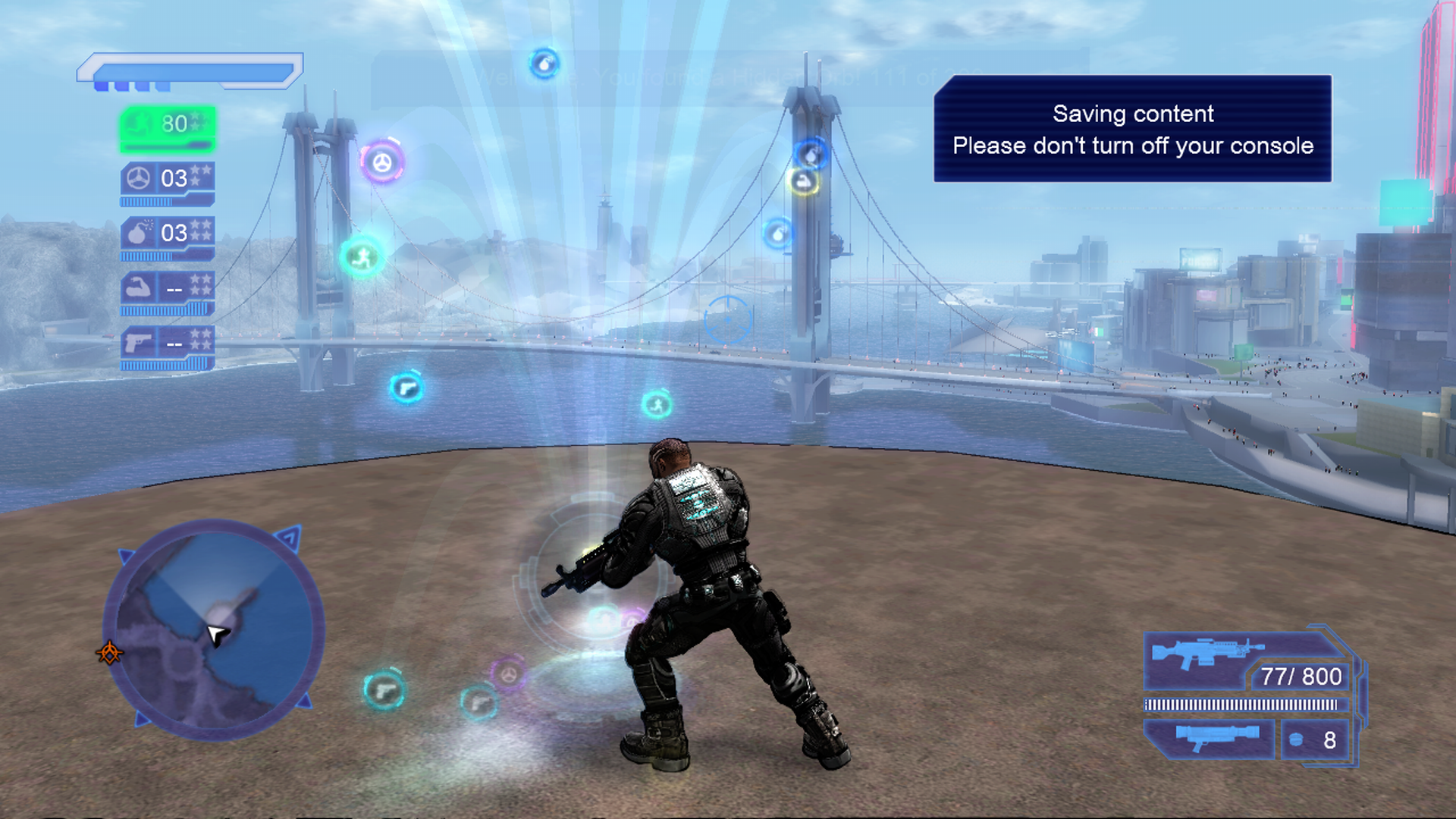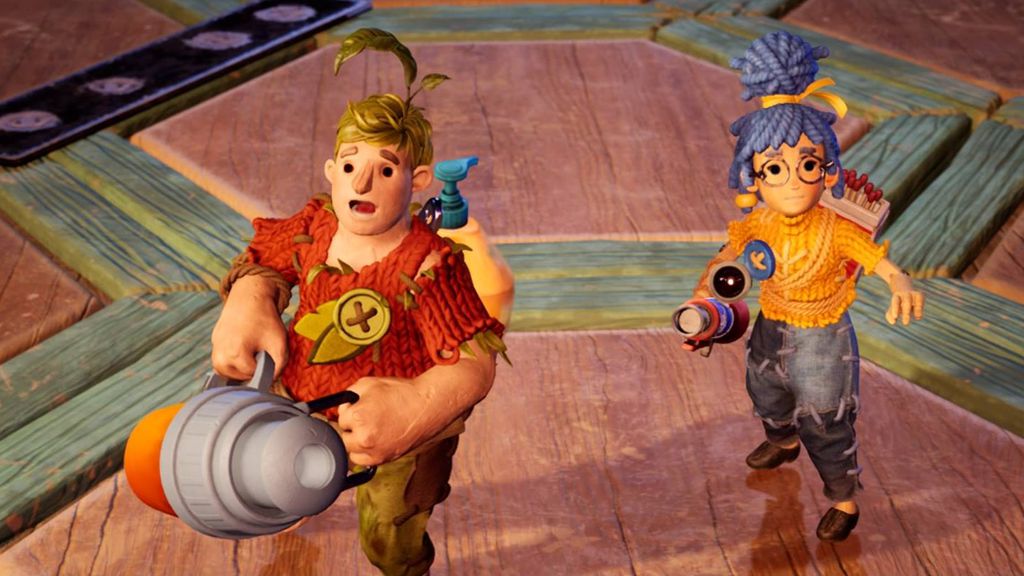

Write what you are looking for and press enter to begin your search!

Live News


What Sparked Crackdown’s Boom? A Look Back At Its Chaotic Past & Present

By Iain McNally|February 15, 2019|0 Comment
In 2007, one game was on the mind of every Xbox 360 owner: Halo 3. But while players were waiting to “finish the fight” they could try the game early by participating in a multiplayer beta for the game by purchasing another Microsoft Game Studios release; Crackdown.
While this might have felt like a cynical move to boost sales of a middling game, like when the first trailer for The Phantom Menace played before films like Meet Joe Black, Crackdown needed no such assistance.
Developed by Realtime Worlds, a company founded by David Jones, one of the creators of the original 2D top-down Grand Theft Auto, the studio’s open world debut felt like a retort to Rockstar‘s hugely successful series. Unlike the protagonists in the Grand Theft Auto series where players were cast as a low level, if charming, thugs making their way in their local organised crime scene, the main character in Crackdown was a nameless, genetically modified super-human law enforcement “Agent”, tasked with cleaning up the mean streets of Pacific City.

Rather than ape the (expensive) cut-scene heavy story-line of a GTA game, Crackdown presented players with a free-form mission structure, where they could take on any of one of the high ranking members of the gangs who controlled the city; the Los Muertos, The Volk and the Shai-gen (led by the “enigmatic Wang” according to the game’s intro). In what today feels like a basic version of the Nemesis system from Shadow of Mordor, taking out a gang leader’s lieutenants would reduce the number of enemies and reinforcements protecting the Gang boss.
With no real characters to interact with, the only company for the player was the charismatic voice of the Agency Director, voiced by Michael McConnohie in all three games, who delivered mission briefings as well as comments about what the player was up to.
Along with the cel-shaded, cartoon look of the game and its instantly memorable theme music, McConnohie’s voice made the game stand out. This would all be for nothing if the game wasn’t fun to play but thankfully Jones and team had taken the GTA Open World sandbox template in a different direction too.
Just leaving the Agency’s stronghold “The Keep”, which acted as a hub for the city’s three main areas, would immediately result in the player coming under fire from the local gang. The only way to even the odds? Level up your Agent.

While GTA: San Andreas flirted with player stats for fitness and strength Crackdown’s core progression was built around it. As you drove, shot, exploded, and leapt your way around the city your Agent’s skills would increase, granting better versions of the Agency’s transforming vehicles, higher damage from guns and explosives, and adding additional height to jumps. Eventually, you could level up your strength to the point that you could even throw cars at enemies.
Until you got to that point you’d have to rely on guns and thankfully, while GTA Â was still sticking to its slightly wonky gunplay model Crackdown, like the later Saint’s Row series, took GTA’s notoriously fiddly shooting controls and improved upon them, adding a lock-on that actually worked as well as the ability to target specific limbs (or the head) by moving the right stick after lock-on.
Taking out lieutenants provided plenty of opportunities to upgrade your skill. Pacific City, while lacking some of the characters from settings such as Vice City or San Andreas, provide a custom built playground to hone your skills in. While getting around by car was possible and encouraged with the use of three Agency vehicles, the Supercar, SUV(?) and Truck(!?) it was far more fun to run and jump around.
You may not have been able to leap tall buildings in a single bound, but if you could find enough ledges sills you could climb your way to the top of almost anything. This was another big differentiator from the rest of the open world games. While GTA had aircraft and the previous Spider-Man games had allowed you to explore a virtual New York, having to physically haul your Agent up the side of buildings made it feel like so much more of an achievement.
It helped that there would nearly always be a reward waiting for you at the top, and this was the element that put the “crack” in Crackdown; the orbs.

Dotted around the city were glowing agility and mystery orbs, the agility orbs usually placed in high, hard to reach places with the mystery orbs hidden inside or underneath some of the buildings.
You could tell an orb was nearby if you could hear the pleasing, pulsating hum they emitted. Once you heard that noise, you just had to find the find the orb, if only to trigger the gratifying “ping” they made once collected and your stats increased.
While the orbs seemed plentiful at the start of the game, as you got closer and closer to the maximum number of 500 they got harder and harder to find or to reach. Those that were visible seemed to taunt you; “If only you were good enough, you could get up here”. Somehow, unlike many of the “collect-a-thons” available today, I’m looking at you Assassin’s Creed, this never became a chore. Probably because it was just so much fun getting around.
The movement and gunplay felt so good that it naturally led to the kind of player stories that fills Twitch and Youtube gaming channels today. In 2007 with nowhere to share without video capture equipment, the closest you could get was hurling cars at each other in Co-op or looking at the list of the game’s Xbox achievements for pointers from the devs on what might be fun to do.
That’s where one of the games most satisfying challenges was listed: “Make your way to the top of the Agency Tower”

From the start of the game Agents left the Agency Tower by selecting their vehicle of choice and  using the tunnels to travel to one of the three gang controlled islands of Pacific City but if they poked around they could easily get outside the base and into the tower’s island grounds and view the massive tower up close.
Summit attempts early in the game would meet gaps too large to leap or platforms that were just out of reach but after taking down a few more lieutenants or scouring the city for agility orbs more attempts could be made, the player getting higher and higher each time.
Loading my old completed Xbox 360 save in the backwards compatible version of Crackdown on the Xbox One (which is currently free) reminded me that Crackdown made me afraid of virtual heights. In real life, I have no problem with heights but as I started to scale the tower with my fully-levelled Agent, my palms began to sweat. As each new level of the tower was reached the sounds of the NPC chatter from below faded out, replaced only the sound of the wind whistling past.
Occasionally the Agency director would bark out ” I can see my house from here” or more worryingly” “Are you scared, Agent? It’s not that I was afraid of falling. My agent would quickly respawn in the tower with no ill effects. Â It was the dread of having to climb all the way back to where you were, of making a giant leap between towers again that caused the stress, but that’s what made the achievement all the sweeter.
With an ending that revealed the agency wasn’t quite as altruistic as it appeared, Crackdown was a critical and commercial success, but the intervening 12 years haven’t been kind to the series. While Assassin’s Creed, a series which also debuted in 2007 has produced at least eleven mainline games Crackdown has only managed only managed two sequels.

Crackdown 2, which came out in 2010 was developed by Ruffian Games, a studio located not far from Realtime Worlds in Scotland and made up of ex-Realtime Worlds staff, as the developer of the first game had already moved on to development of their doomed, non-super powered cops and robbers MMO APB: All Points Bulletin. Anyone expecting a bigger, better expansion of the Crackdown universe was sorely disappointed as Crackdown 2 returned to Pacific City, with a few alterations to show the devastation inflicted by the new terrorist enemy Cell and their mutated zombie-like Freaks.
After loving the first game and finishing the story I could barely stomach the 30 minutes demo which replayed most of the same features but with seemingly worse controls and the introduction of the maddening “Renegade orbs”. These were agility and driving orbs that RAN AWAY WHEN YOU GOT CLOSE TO THEM!
Since then a third game was announced in 2014 with David Jones returning in 2015 to demo the in-game destruction that would apparently be possible using Microsoft’s Azure Cloud computing platform. Various trailers and demos were released with Jones and environmental destruction slowly being phased out in favour of Terry Crews’ Agent Jaxon.

So how does the new Crackdown stack up? Well, having played Crackdown 3’s campaign and multiplayer modes for multiple hours it certainly feels like a Crackdown sequel, if not quite the one you would expect in 2019. In many ways, it feels like a sequel we might have gotten in 2013.
The gameplay has been slightly updated with new weapons and vehicles, although so far the handling feels too light and unsatisfying. The Agency’s transforming vehicles are only unlocked after a few hours of play and they seem a lot more satisfying. The Agency director returns once again with thankfully a new city, Terra Nova, to be freed from oppression.
He is joined by resistance leader Echo but unlike the previous games the almost constant, expletive-filled barks from both of them had me searching for a mute button. Numerous time Echo has shouted about some objective or another only for it to not appear or pass me by without any action required.

The game is colourful but has mostly lost the cell shaded look of the original, as well as that awesome menu music and at times I’ve felt overwhelmed by the mess on screen. The cel-shading and bullet trails of the original left no doubt as to where an attack was coming from. in Crackdown 3 I haven’t felt too challenged by the combat, more by locating the enemy who can be so far away that they are barely visible.
Also, future developers take note;Â please don’t put red enemies next to red buildings. It’s not fun.
With all that said I will continue with Crackdown 3. It may not be the giant Agent-sized leap forward for the series that I would like to see, but the core exploration and destruction on offer is still fun.
Even after just a few days revisiting the first game, the demo for the second, and my playthrough of Crackdown 3, if I close my eyes, I can still hear the soothing hum of an agility orb. I loaded up my old Crackdown save I realised that I’ve somehow not collected all the orbs from the first game.
Time to continue cleaning up the city….

By Jonathan Toyad|August 1, 2018
My only memory of 2016's No Man's Sky was the following: I mined a ton of rocks and minerals. I flew around in space a bit and robbed some aliens. ...

By Jonathan Toyad|November 29, 2019
Man, I remember a time when I enjoyed the heck out of Chrono Trigger on the PS1. Yes, I'm one of those guys late to the SNES JRPG party. But the fact...

By Ali'sha Harris|March 27, 2024
It Takes Two, developed by Hazelight Studios and published by Electronic Arts, is a critically acclaimed cooperative platform game. It was released in...

By Jonathan Toyad|April 9, 2025

By Kakuchopurei|April 2, 2025

By Kakuchopurei|March 31, 2025

By Jonathan Toyad|March 28, 2025

By Jonathan Toyad|March 20, 2025

By Kakuchopurei|February 17, 2025

By Ali'sha Harris|February 16, 2025

By Jonathan Toyad|April 12, 2025

By Jonathan Toyad|April 11, 2025

By Lewis Larcombe|April 11, 2025

By Jonathan Toyad|April 9, 2025

By Kakuchopurei|April 2, 2025

By Kakuchopurei|March 31, 2025

By Jonathan Toyad|March 28, 2025

By Jonathan Toyad|March 20, 2025

By Kakuchopurei|February 17, 2025

By Ali'sha Harris|February 16, 2025

By Jonathan Toyad|April 9, 2025

By Kakuchopurei|April 2, 2025

By Kakuchopurei|March 31, 2025

By Jonathan Toyad|March 28, 2025

By Jonathan Toyad|March 20, 2025

By Kakuchopurei|February 17, 2025

By Ali'sha Harris|February 16, 2025
Copyright @ Kakuchopurei 2025